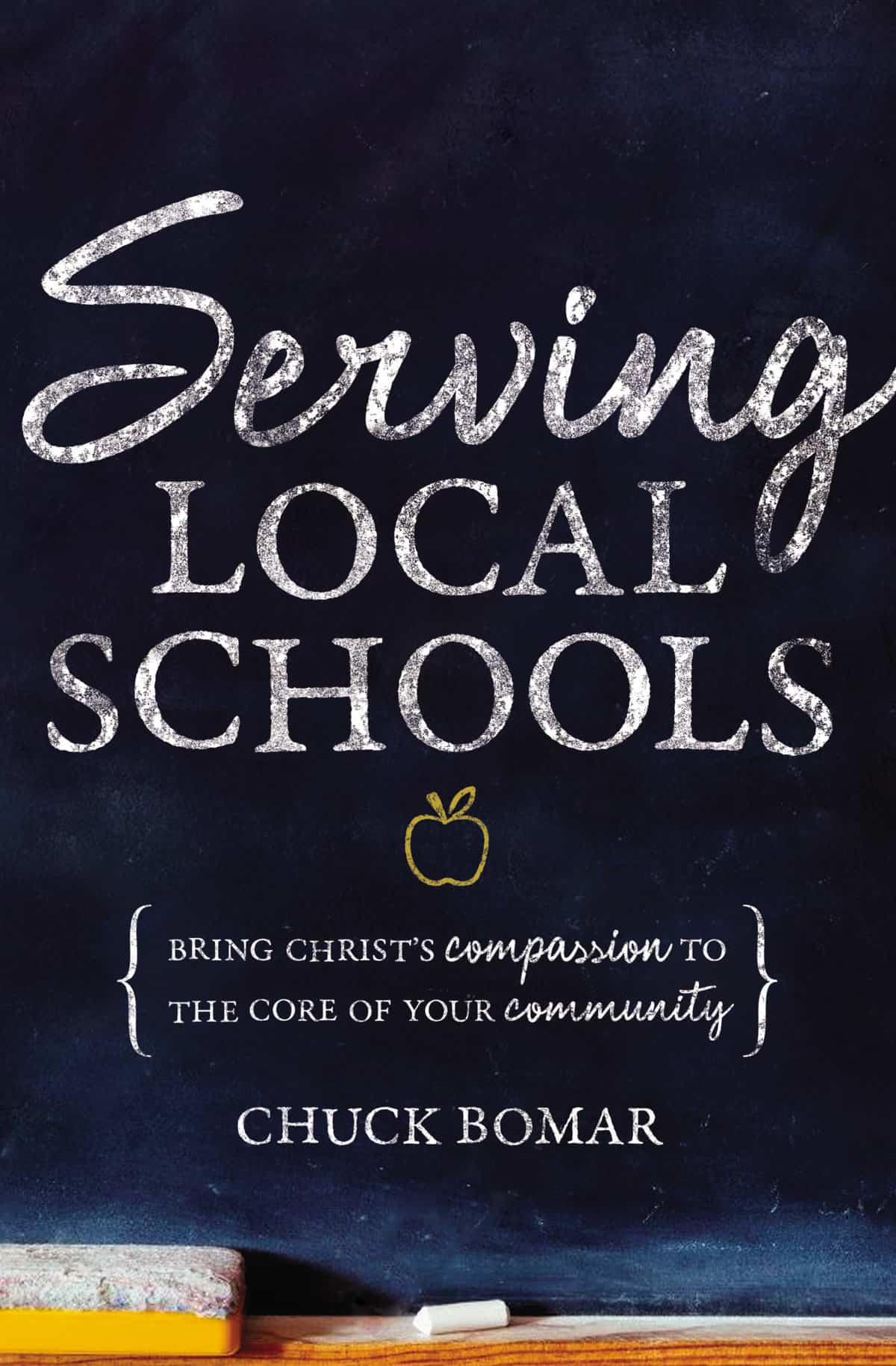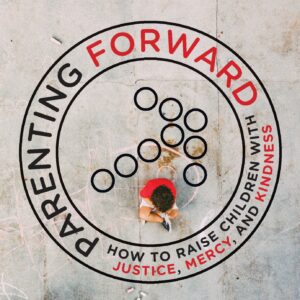
Life in every community revolves around a different center. College towns revolve around the university calendar. Local restaurants are busy from September through April, and then the rhythm changes during the summer months. Life in the urban core of large cities like New York City, where many don’t own cars, revolves around the traditional idea of neighborhood—the local coffee shop, the dry cleaner, and the grocery store. In suburban contexts, where hardly anything is centralized, activities for kids tend to determine the life cycle. Minivans and SUVs fill the parking lots around sports fields and shopping malls. In more rural areas, everyday life is driven by agricultural cycles. There is a harvest time where everyone is working from sunup to sundown. Winter comes, the time when repairs to fences are made and chores inside the home or barns are taken care of. Life has different cycles that vary from context to context, from place to place.
Yet in almost every community there is one place where you can sense the heartbeat of the people who live there. You won’t find everyone hanging out at the dry cleaner or even at the coffee shop in the urban core. In the suburbs, you’ll see people taking their kids to sports activities, but not every child will excel at athletics. But every type of person—a broad and diverse cross-section of the community—will be connected in some way to the public schools. If you want to know the pulse of your community, get to know your local public school. Get to know the teachers and the administrators. They are on the front lines, dealing with the socioeconomic diversity of the area.
If you want to know the pulse of your community, get to know your local public school.
We tend to live around people who have a similar socioeconomic status. Sure, there is usually some variance between our friends, but in general people tend to live closest to others like them. People of privilege easily drive past a disadvantaged neighborhood without giving it a second thought. And those living in rundown apartments rarely make it to the neighborhoods of the affluent. We all live in our separate worlds, and rarely do those worlds meet or collide.
But that’s exactly what you’ll find in most public schools. There is a world of diversity right within their walls because the schools draw from multiple neighborhoods. In the schools, the socioeconomic variance we see as we drive past the neighborhoods in our community is not just seen—it is felt and experienced. Tensions inevitably surface and have to be dealt with by those working within the schools. Public schools carry an enormous weight of expectation and responsibility today—far more than they can bear. They experience every conceivable social issue that is present in a community, including homelessness, racial diversity, family instability, and mental health.
I realize that I’m speaking in broad generalities. Some might suggest that there are other avenues in a community to experience and address these issues. And I’ll agree that there is some truth in this objection. Each community is different, and some communities may find that a local rec center or some other organization brings the community together in a unique way. But if you look across our country and even many places around the world today, there are few places that truly rival the local public school in bringing together diverse people from all parts of a community. There is no other system that draws families and children in the same way.
This is why I chose to focus my prayers by asking that God would grant our church a unique relationship with the school district. As I was praying from my living room in Southern California, I only had a vague sense of what was possible. At that time, I could not articulate what I now have come to believe. But it was still evident to me that the best way to serve my community was to serve the school. I knew with conviction that the heartbeat of a community is found by engaging the local public school.
Taken from Serving Local Schools by Chuck Bomar. Copyright © 2017 by Chuck Bomar. Used by permission of Zondervan.


